Rising Construction Activities
The Roofing Materials Market experiences a notable surge due to increasing construction activities across various sectors. As urbanization accelerates, the demand for residential and commercial buildings rises, leading to a heightened need for roofing materials. In 2025, the construction sector is projected to grow at a compound annual growth rate of approximately 5.5%, which directly influences the roofing materials market. This growth is driven by both new constructions and renovations, as property owners seek durable and efficient roofing solutions. Consequently, manufacturers are compelled to innovate and expand their product offerings to meet the evolving demands of the construction industry. The Roofing Materials Market is thus positioned to benefit from this upward trend, as stakeholders invest in high-quality materials that ensure longevity and sustainability.
Expansion of Green Building Initiatives
The Roofing Materials Market is significantly impacted by the expansion of green building initiatives, which promote sustainable construction practices. As environmental concerns gain prominence, builders and architects are increasingly adopting green building standards that prioritize eco-friendly materials. This shift is reflected in the growing demand for roofing materials made from recycled or sustainable resources. The market for green roofing solutions is anticipated to grow at a rate of around 8% annually, driven by both consumer preferences and regulatory incentives. As a result, manufacturers are compelled to innovate and offer products that align with these green initiatives. The Roofing Materials Market is thus positioned to benefit from this trend, as stakeholders seek to create environmentally responsible buildings that contribute to a sustainable future.
Regulatory Standards and Building Codes
The Roofing Materials Market is significantly influenced by stringent regulatory standards and building codes that govern construction practices. These regulations often mandate the use of specific materials that meet safety, energy efficiency, and environmental criteria. As governments worldwide implement more rigorous building codes, the demand for compliant roofing materials increases. For instance, energy-efficient roofing solutions are becoming a requirement in many regions, prompting manufacturers to adapt their offerings accordingly. The market is likely to see a shift towards materials that not only comply with these regulations but also enhance the overall energy performance of buildings. This trend indicates a growing opportunity for innovation within the Roofing Materials Market, as companies strive to develop products that align with evolving regulatory frameworks.
Increased Awareness of Energy Efficiency
The Roofing Materials Market is experiencing a shift driven by heightened awareness of energy efficiency among consumers and builders. As energy costs continue to rise, there is a growing demand for roofing materials that contribute to energy savings. Reflecting this trend, the market for energy-efficient roofing solutions is projected to grow by approximately 6% annually. Homeowners and commercial property developers are increasingly opting for materials that offer superior insulation and reflectivity, thereby reducing heating and cooling costs. This awareness is prompting manufacturers to focus on developing roofing products that not only meet aesthetic preferences but also provide long-term energy savings. Consequently, the Roofing Materials Market is likely to evolve, with a greater emphasis on sustainability and energy-efficient solutions.
Technological Advancements in Roofing Solutions
Technological advancements play a pivotal role in shaping the Roofing Materials Market. Innovations such as smart roofing systems, which integrate sensors and IoT technology, are gaining traction among consumers and builders alike. These systems offer enhanced functionality, including real-time monitoring of roof conditions and energy efficiency optimization. The market for smart roofing solutions is expected to expand significantly, with projections indicating a growth rate of around 7% annually. This technological integration not only improves the performance of roofing materials but also appeals to environmentally conscious consumers seeking sustainable options. As a result, the Roofing Materials Market is likely to witness increased investment in research and development, fostering a competitive landscape that prioritizes innovation.
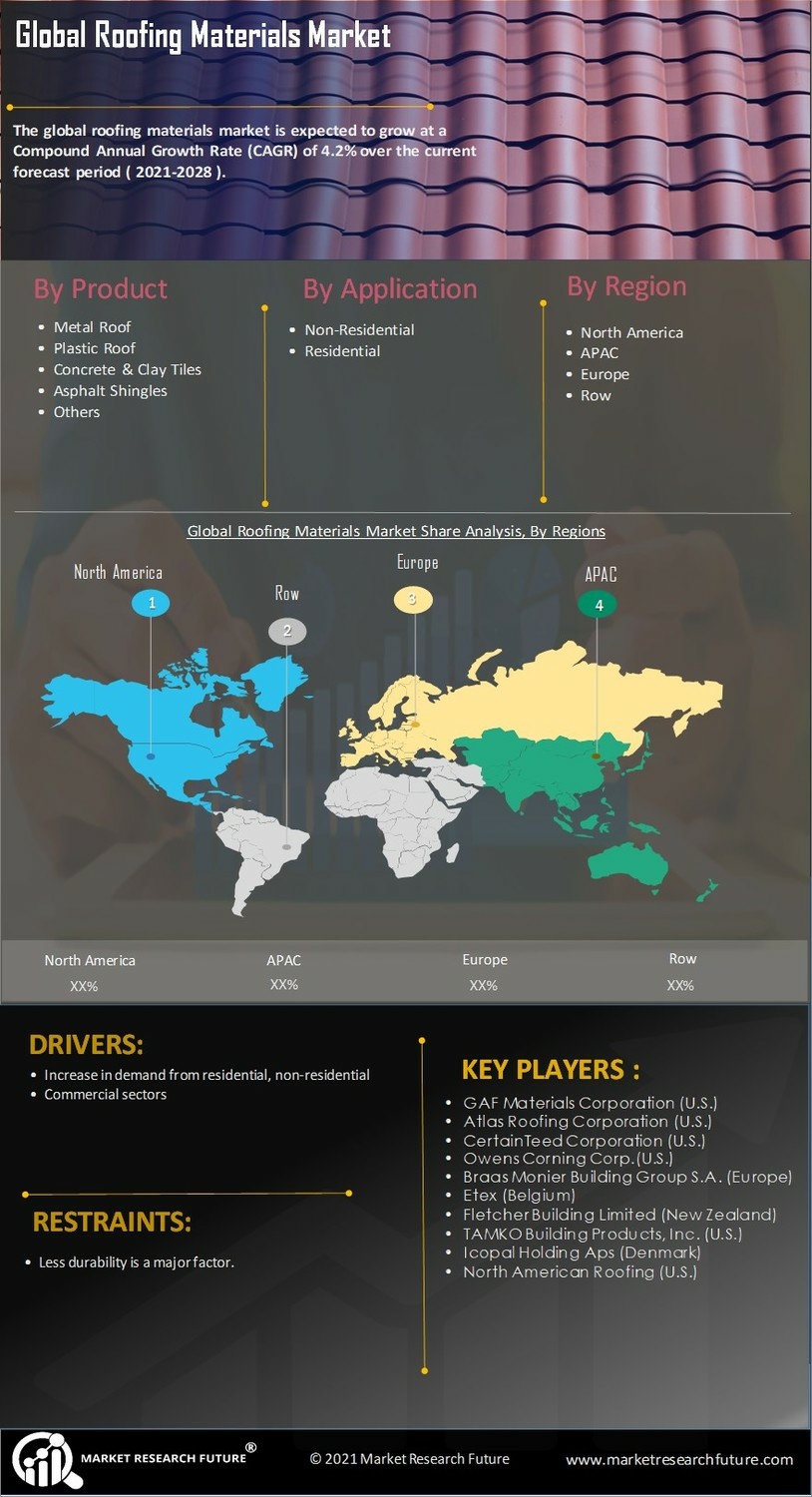

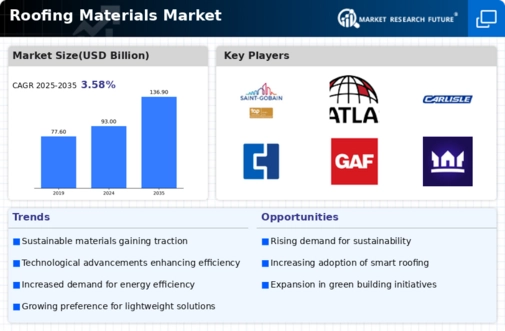
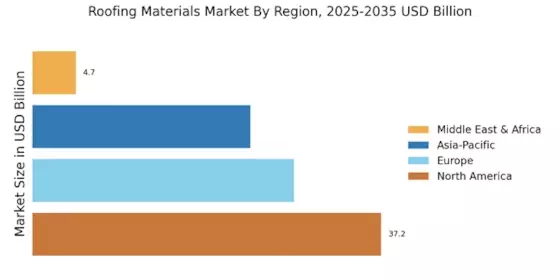
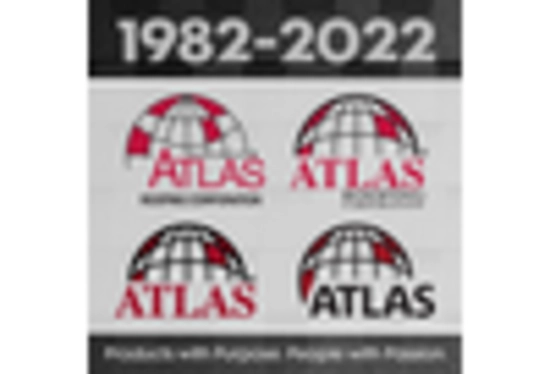
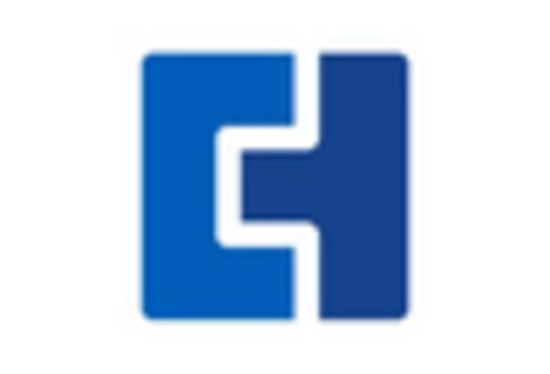
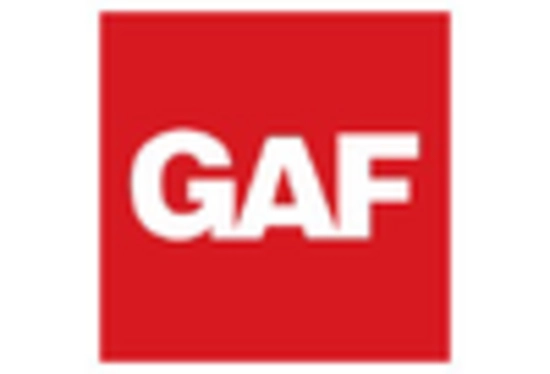
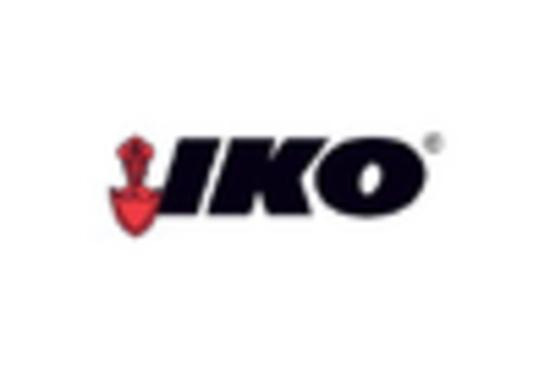
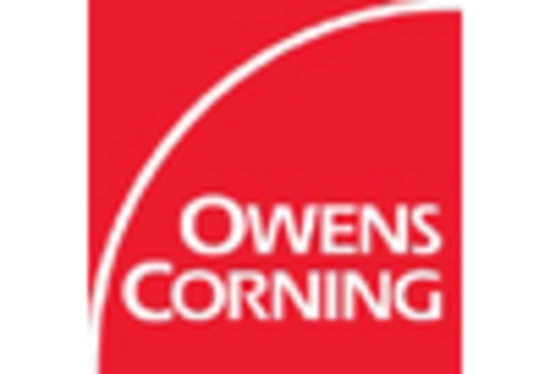
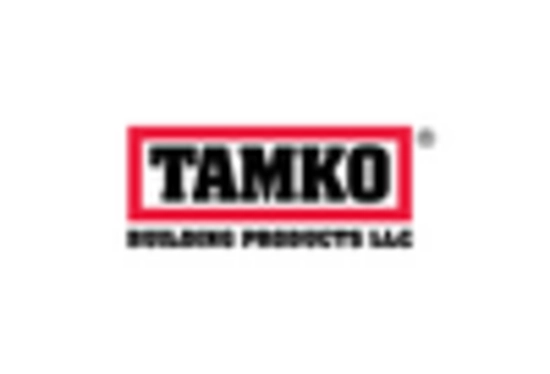








Leave a Comment